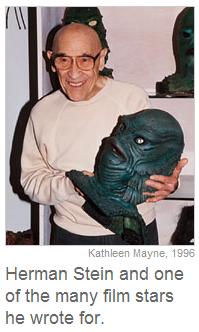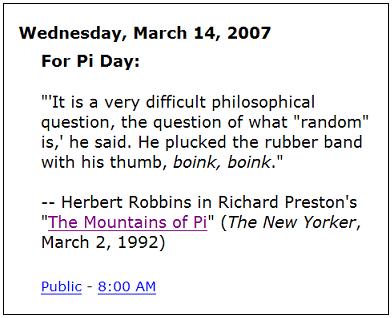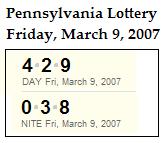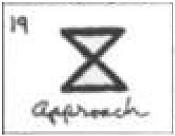Filed at 7:24 a.m. ET
Maria Julia Hernandez
SAN SALVADOR, El Salvador (AP) — Renowned human rights activist Maria Julia Hernandez, who aided victims of El Salvador’s civil war, died Friday [March 30, 2007]. She was 68.
Hernandez died of a heart attack, friends and colleagues said.
She was best known as director of the Roman Catholic Church-sponsored group Legal Protection, which aids impoverished victims of El Salvador’s 12-year civil war, and she had worked alongside the late Archbishop Oscar Arnulfo Romero.
Hernandez had been hospitalized since March 9 for heart problems, and suffered a heart attack Wednesday night in addition to the fatal one on Friday.
She worked with Romero on some of the conflict’s first rights cases, said Jose Roberto Lazo, a lawyer for Legal Protection. Romero was assassinated in 1980 after he urged the military to halt the death squads that killed thousands of suspected guerrillas and leftist opponents of the government.
Born to Salvadoran parents in the Honduran town of San Francisco Morazan in 1939, Hernandez and her family moved to El Salvador days later. She dedicated her life to social work in the church and never married.


































